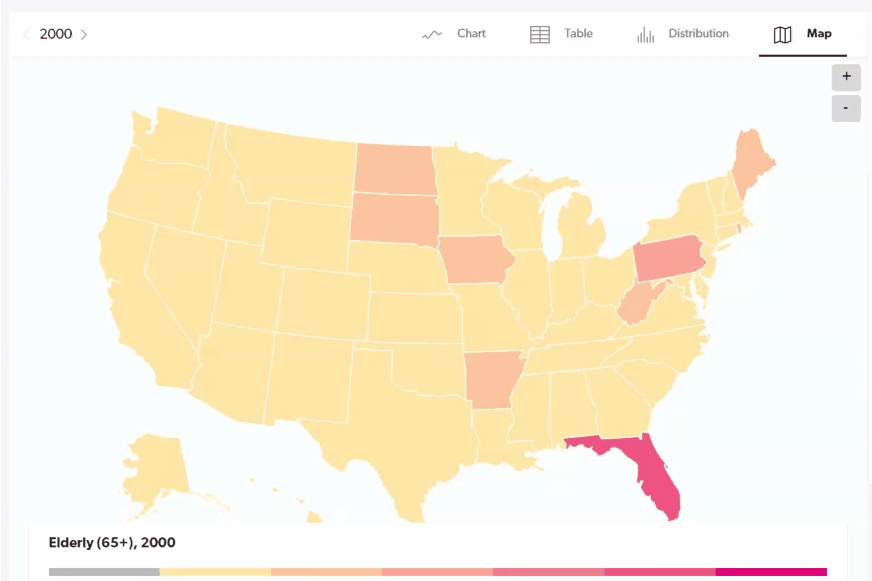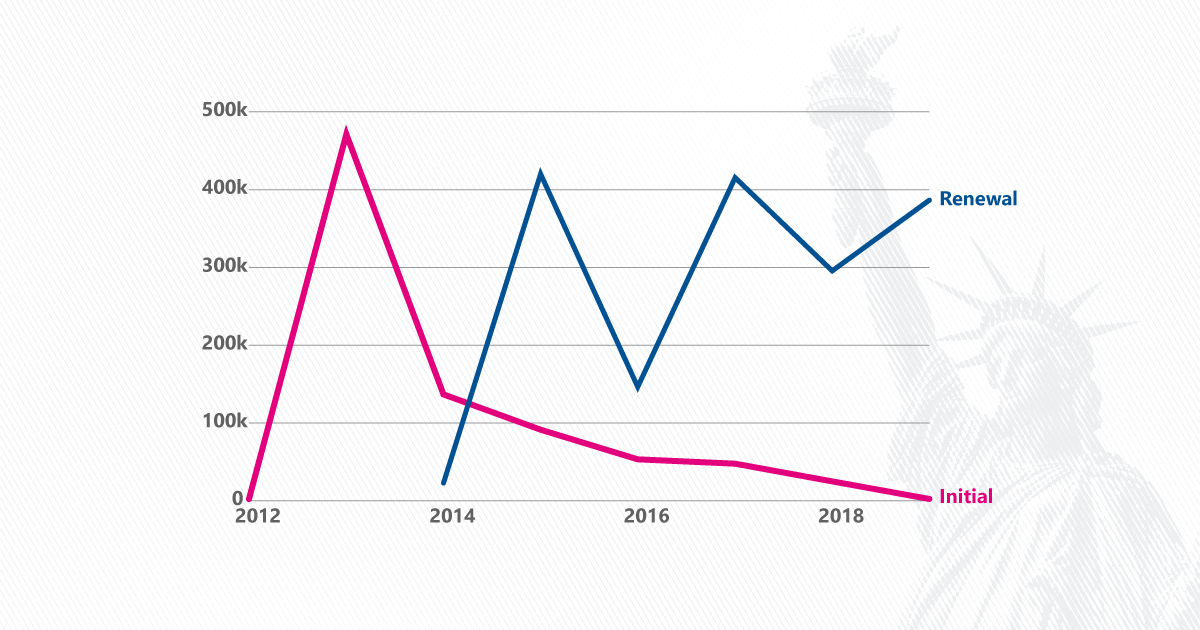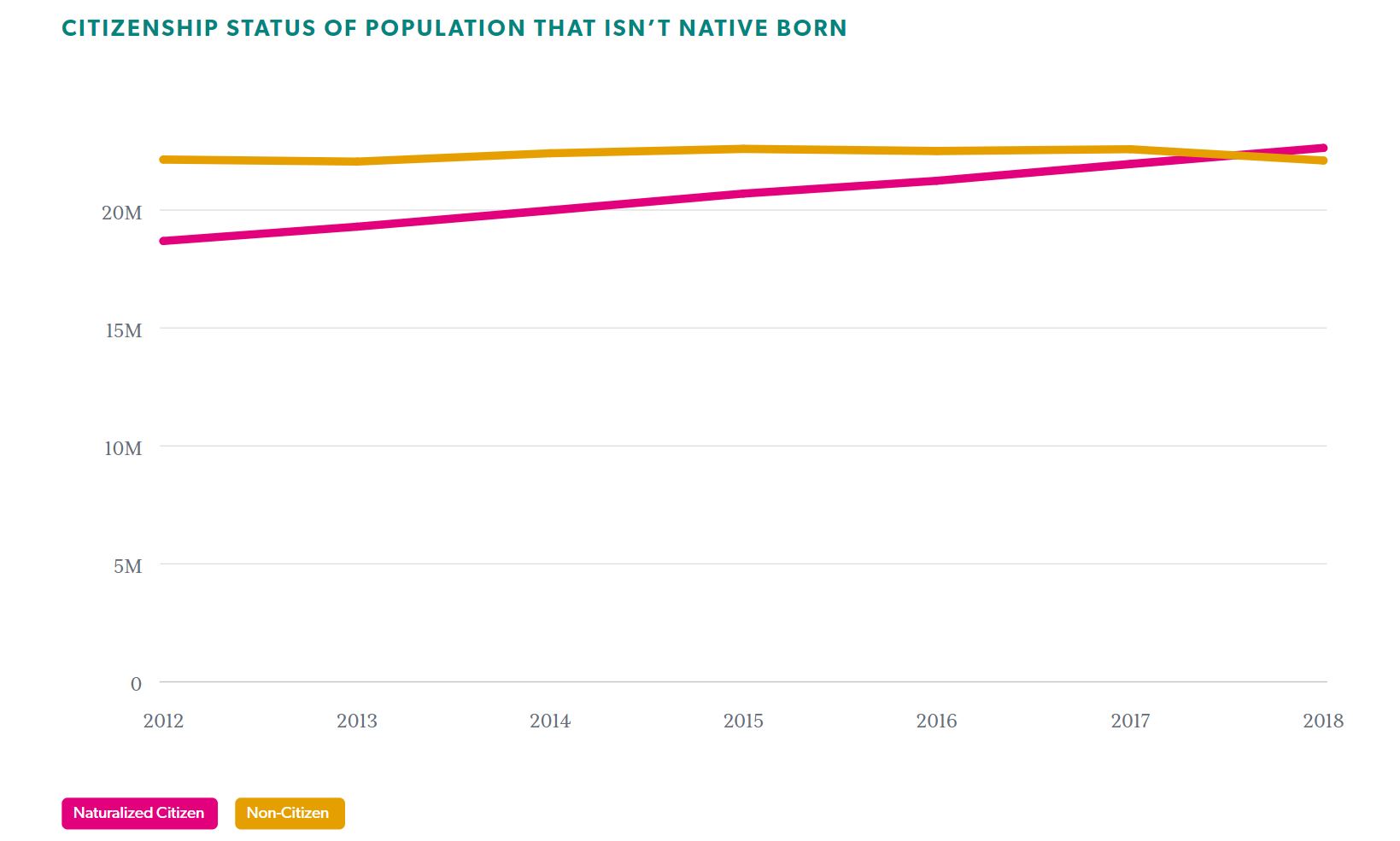Population and society
Native Americans and the US Census: How the count has changed
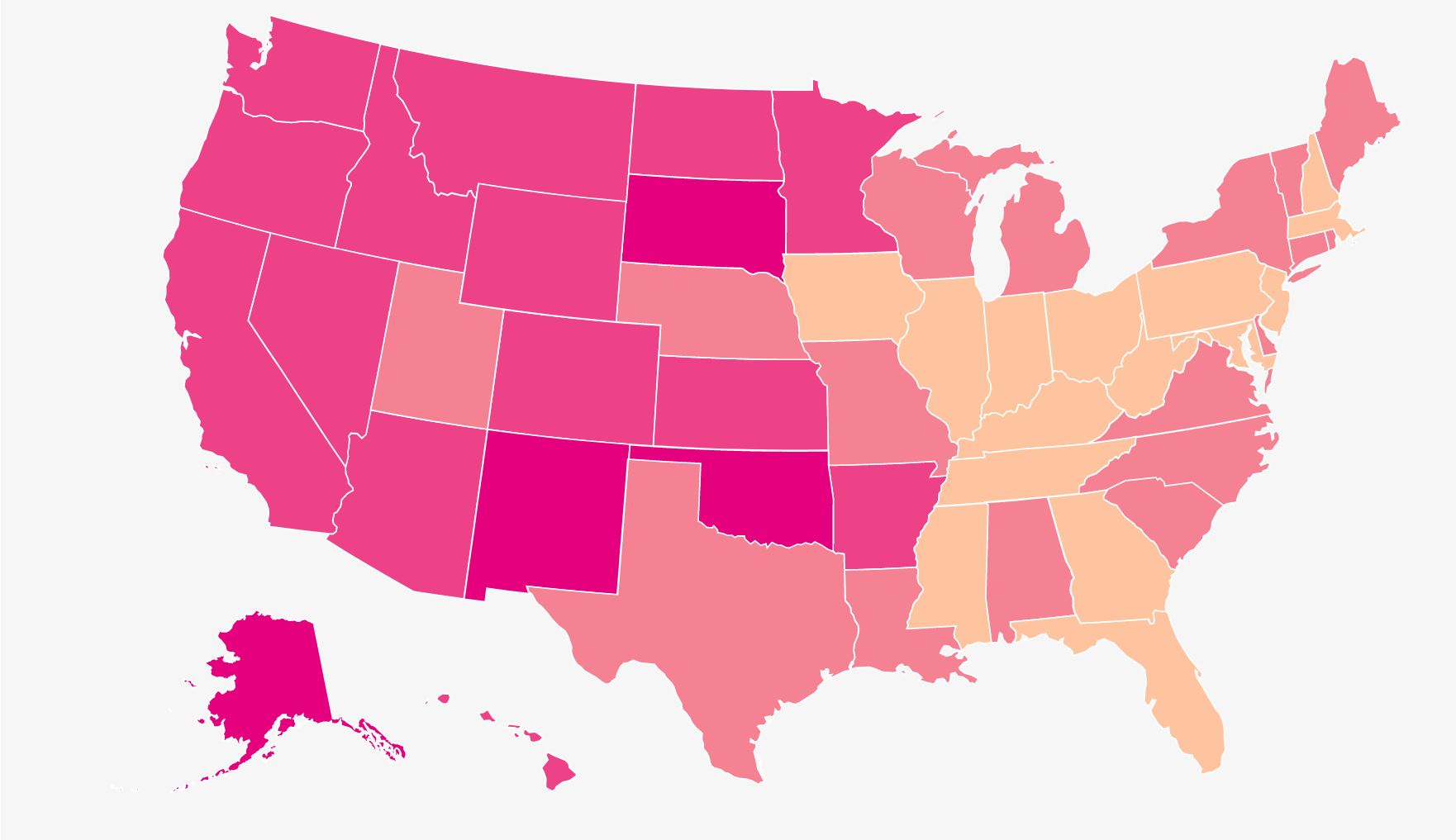
In 2019, about 50% of American households had no savings in retirement account. As employers shift away from the fixed benefits of defined benefit plans and more Americans age into collecting Social Security benefits, individual plans are increasingly crucial for retirement. But how much are people saving? Explore these charts to see how Americans are preparing for retirement based on age and account type.
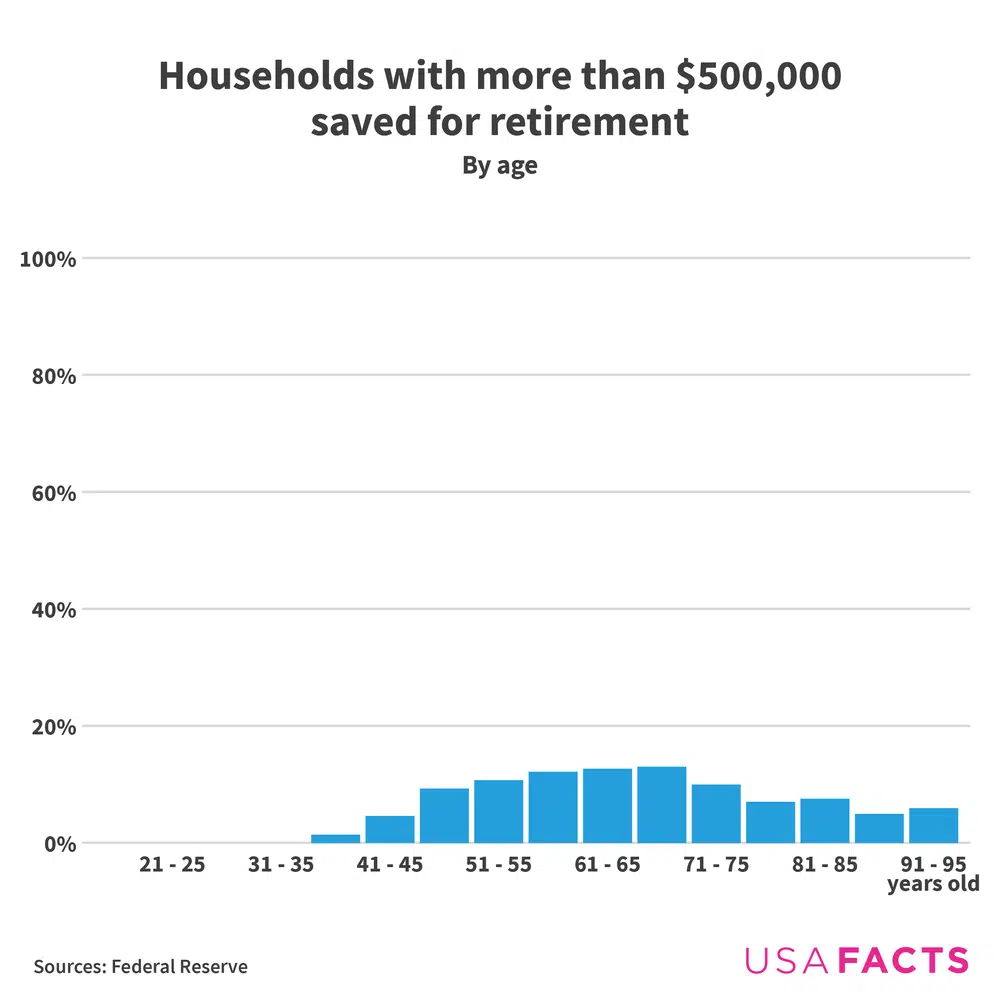
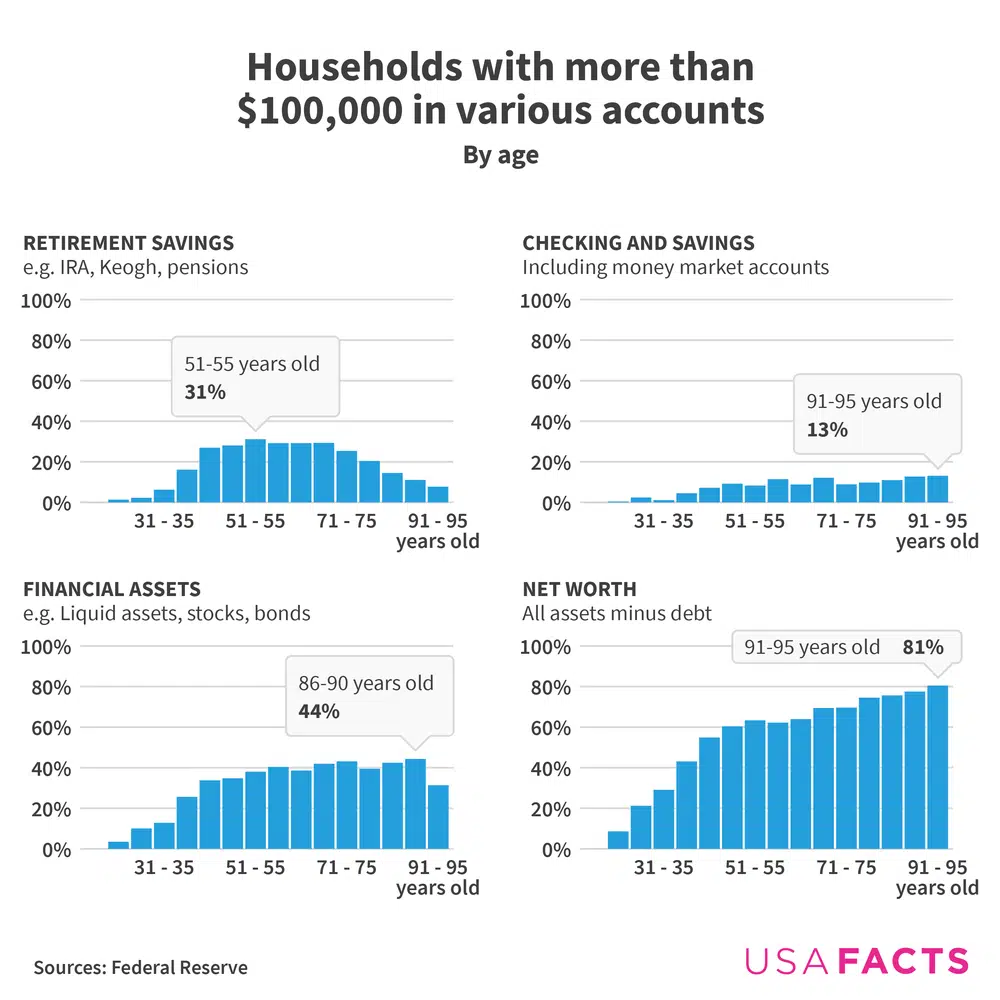
See how your retirement savings compare in this new visual.
May is an opportunity to recognize the diverse experiences and achievements of the millions of Asian American and Pacific Islander people living in the US. USAFacts has data to help paint a picture of this diverse group, from education levels, home states, family size, and more.
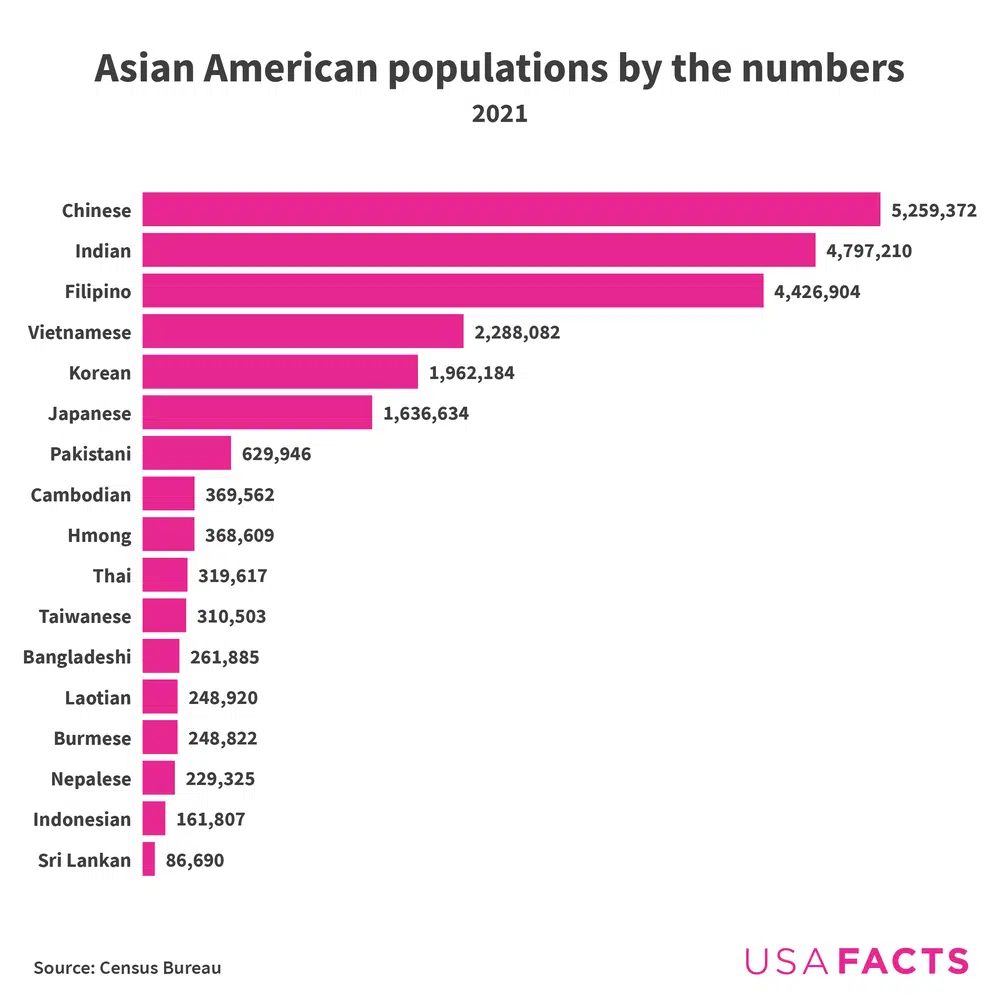
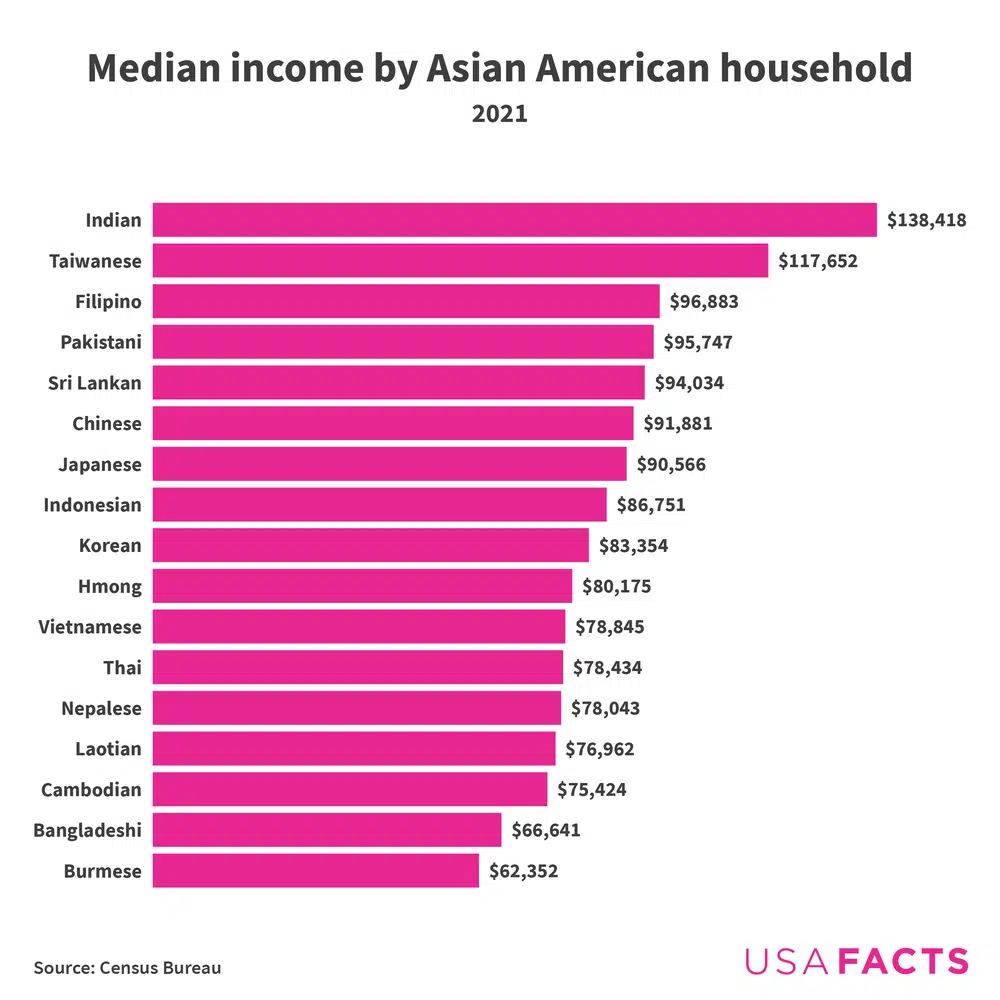
Learn more about people who identify as Asian American or Pacific Islander at USAFacts.
Today marks the start of Teacher Appreciation Week. This article from our archives covers the demographics of the nation’s teachers. USAFacts also has the numbers on which states pay teachers the highest and lowest wages.
Last Saturday was National Nurses Day. As of May 2022, almost 4 million nurses were working in the US healthcare system.
The Federal Reserve raised interest rates on Wednesday in another attempt to slow inflation.
Dive into the weekly fact quiz to prove your expertise on the newest USAFacts articles.
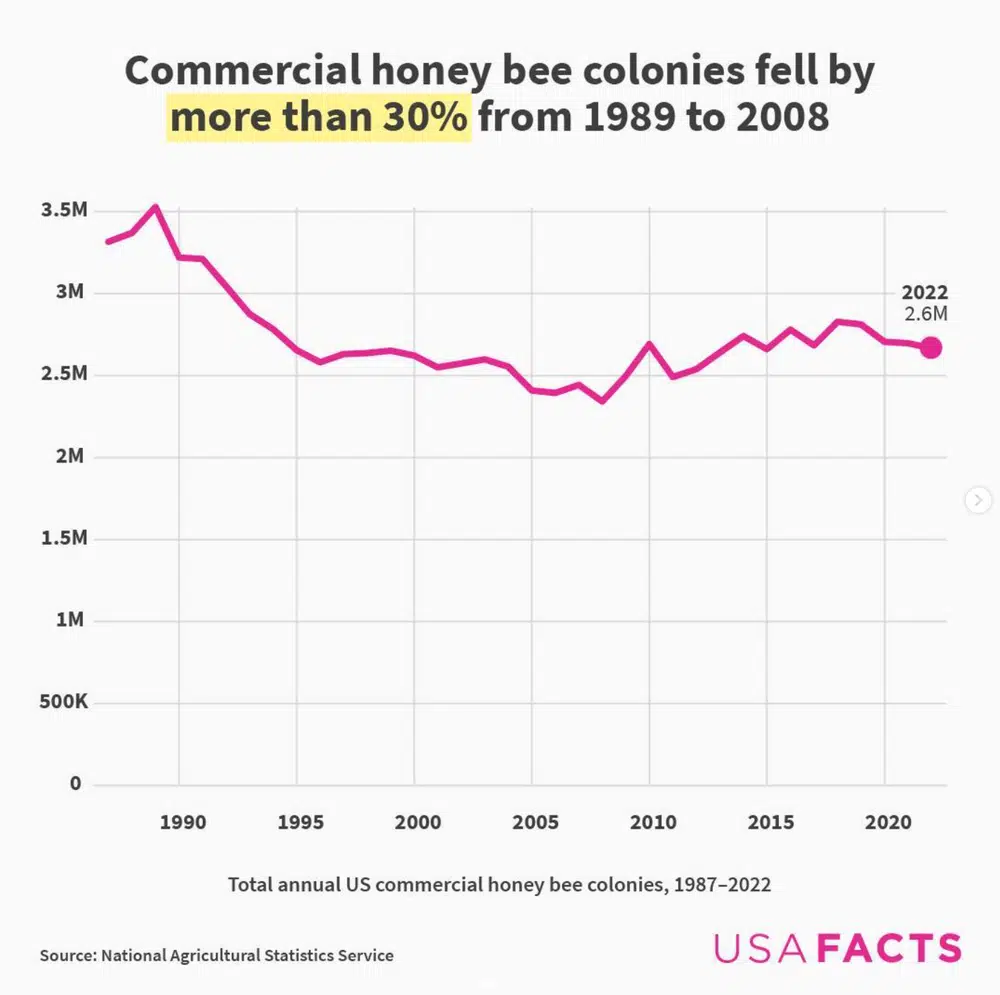
Honey bees pollinate $15 billion in US agricultural products each year, including more than 130 types of fruits, nuts, and vegetables. But bee populations have declined over the decades due to several factors. Between January 2015 and June 2022, the US had a net loss of 300,000 commercial bee colonies.
Population and society
Population and society
Population and society
Population and society
Newsletter
Keep up with the latest data and most popular content.
